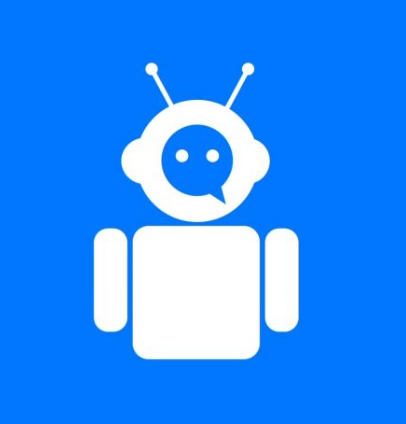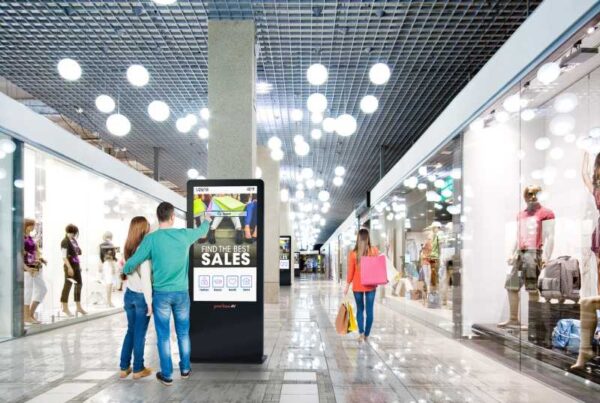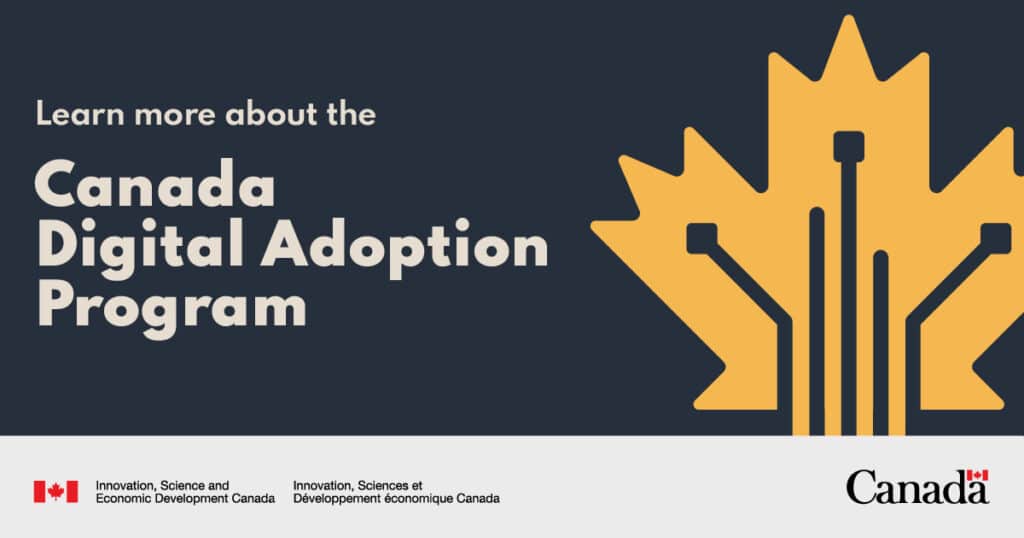Most of us have had the misfortune of interacting with a badly configured chatbot. Whether to return faulty clothes or complain about an incorrect phone bill, we are often left feeling even more frustrated than we were beforehand. Many businesses viewed these chatbots as a cheap automation solution to all customer service problems but, in reality, this idea never came to fruition. In the last year or so, businesses should have realized that the idea of the chatbot as a magical one-size-fits-all solution, is dead.
So, while the chatbot as we know it, is not destined to take over the world of contact centers, the future of the chatbot is far from doomed. Instead, 2020 was an exciting time for the latest evolution of this cog in the wider machine of all successful customer engagement hubs.

2020: The chatbot is far from doomed.
So what has changed and how will bots become more effective for your business? There are many reasons, but here are some of the primary ones:
- Tremendous progress in Natural Language Processing and Natural Language Understanding over the last 2 years,
- Ability to integrate with business/customer data and context allowing near real time actionable predictions/decisions,
- Breakthroughs in sentiment/empathy intelligence
Combining these three above capabilities, chat bots can now achieve cognitive abilities in specific narrow domains. And that should be sufficient for most businesses to automate and scale some, if not most of their customer engagement initiatives without removing human-like experience and human assistance when needed.
Let me use a real case that most of us may be able to relate to – our own, Mediaforce smart bot. Every business has certain specific objectives and goals for their customers that they want them to achieve through their contact centres. For us, we have narrowed down the number of topics/objectives that we want to serve using the bot to:
1. inform about our services in a conversational and meaningful way,
2. provide and manage support related tasks,
3. schedule consultation/sales calls)
4. handle communication related to recruitment and partnerships
We then engineered a guided conversation path for possible desired outcomes while being mindful of the possible confusions/questions the users may have along the way.
Using Dialogflow, we have enabled the bot to understand natural language, identifying users’ intents, entities, etc. We then add additional contexts and logic based on existing data, or absence of customer data (i.e. user’s affinity starting from new vs returning) or if existing, we look for further contexts such as user with or without open tickets, recent history, their sentiment, etc.
This then allows us to immediately deliver personalized experiences and relevant options right from the start, just like any of us (humans) would do. To make it clearer, if we identify a user as new, why offer support as an option on the top, or in some cases, why offer it at all when users interacting coming from sources such as demand generation campaigns for example. Or if a returning and existing customer with open tickets visiting the site may find it more relevant to have their current ticket status options available as a suggestion, etc.
You get the point, we are trying to facilitate users’ journey based on their context.
Combining intelligence, automation and scaling
Now, let’s talk about combining intelligence, automation and scaling. For example, going back to our Mediaforce bot, one of our goals is to generate leads for our services. Let’s talk about website design, development, optimization, etc. for this example. Our aim is to book an appointment with whoever shows interest. But in reality, if we cannot demonstrate a reasonable understanding of users’ needs, we cannot demonstrate that we have a solution. To do this, we ideally require the potentials’ existing website url and conduct a preliminary design assessment from the conversion optimization angle and point out the high level missing opportunities. Which then convinces our potentials to schedule an appointment with our experts in order to discuss more details about their project. But preliminary design assessment is not as easy as it sounds. It typically requires one to gain many years of design experience to develop such an eye for conversion optimization that we are referring to. This is where we can combine machine learning to predict a design judgement (classification with deep learning) and persuade users to proceed for scheduling an appointment. And we have just done that, meaning our bot is capable of this :).
If you recall an example or an experience you may have already had (receiving a faulty order, be that a clothing or a toy), we can use the same principal here for customer support and equip the bot to judge if the claim is true (using computer vision), and automate follow up actions from there in order to place a refund, provide new shipping whatever the business logic may be.

2020 was a big year for digital transformation and AI.
If you have read this far, I want you to know that 2020 was a big year for digital transformation and AI. And we are excited at Mediaforce to share and build real world solutions so we can all thrive as we adapt to the new normal in the post pandemic world. Having said this, I invite you to try out our cognitive bot and would highly appreciate your feedback. If you find this useful for your business model, we would love to hear more from you.
We are also eager to hear how you are adapting to the new changes and what digital transformations you are going though.
Looking forward to hearing from you.
Joe B.
P.S. Please visit us, try our chatbot and let us know how you would use/apply this to your business model.













